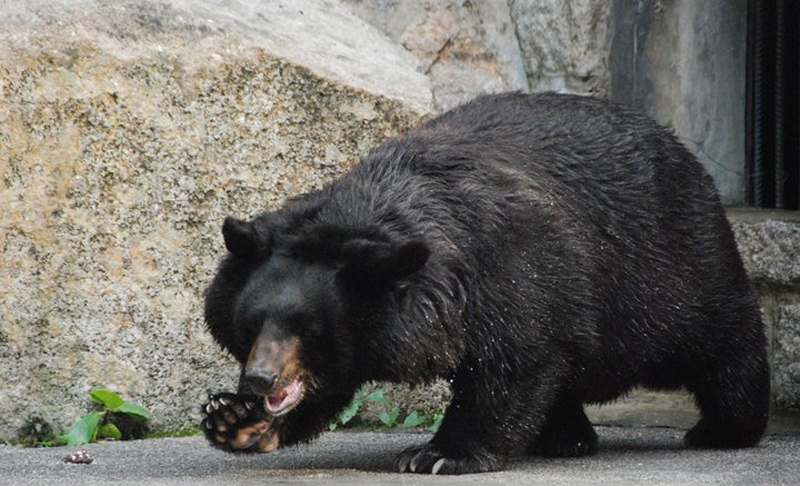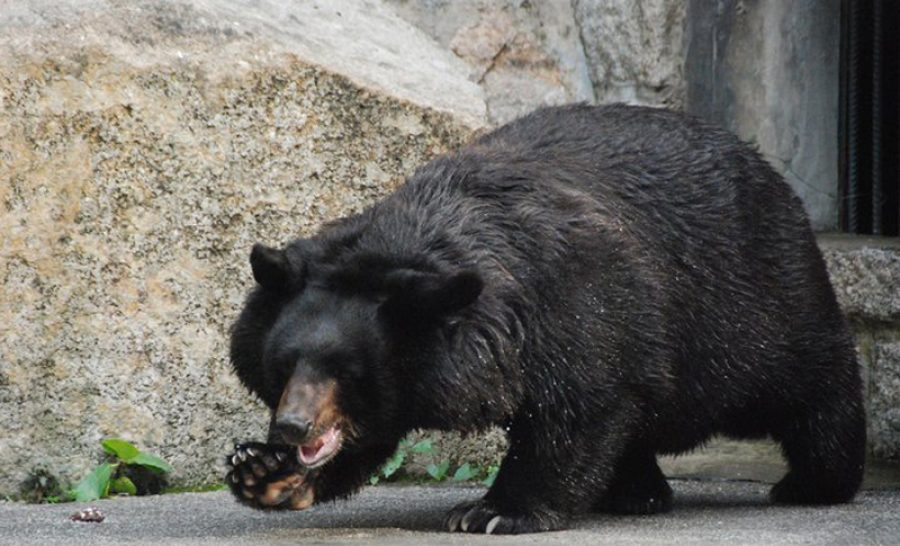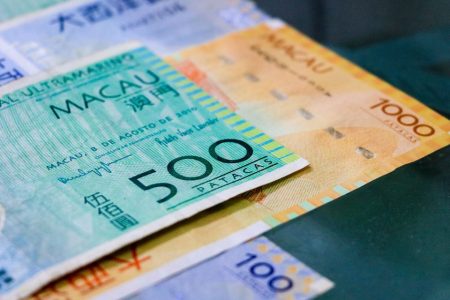The taxidermy of Bobo, Macau’s beloved Asian black bear that died last Tuesday, has already started and is slated to be completed within two weeks, Civic and Municipal Affairs Bureau (IACM) President Jose Tavares said on Saturday.
Tavares made the comments while speaking to reporters on the sidelines of a public event at Guia Hill.
Bobo was rescued from a tiny cage outside a game restaurant in Rua da Felicidade on December 19, 1986 and taken to the municipal kennels because there was no inspection document for the bear’s import to Macau, according to a report in Chinese-language newspaper Jornal “Va Kio” on December 20, 1986. The report at that time said that authorities would later put the bear in Flora Garden for the public to see.
An IACM official said last week that Bobo died of old-age illnesses, and that the government would preserve his body through taxidermy for public display.
Many netizens have expressed their opposition to the government’s decision to display Bobo as a specimen, urging the government to let him rest in peace.
Tavares revealed that the bureau has already started the taxidermy of Bobo by experts from Shenzhen.
Tavares said he hoped civil society could understand that turning Bobo into a specimen did not mean to be disrespectful to him.
Asian black bears are a protected species in mainland China. Their official conservation status is “vulnerable”.
Tavares pointed out that taxidermy was in fact a show of respect to Bobo, and it could record the process and history of how Bobo was raised in Macau, which could help popularise science education, bearing an important message, and at the same time, allow Bobo’s historical footprint and impact live on.
According to 1986 witness reports, Bobo was about six to nine months when he was rescued from the cooking pot. Shortly after his rescue from the small cage outside the restaurant in Rua da Felicidade, residents began to call him “Bobo” – “darling” in Cantonese, apparently due to his perceived cuteness.
Tavares gave examples such as Taiwan’s Asian elephant Lin Wang and Hong Kong’s jaguar Siu Fa which both are specimens on display.
“Making a taxidermy specimen of an animal is a usual practice; it’s not a new thing. Macau is learning from other regions’ experiences, we hope society understands this,” Tavares said, asking for a “rational” discussion among the public about the matter.






